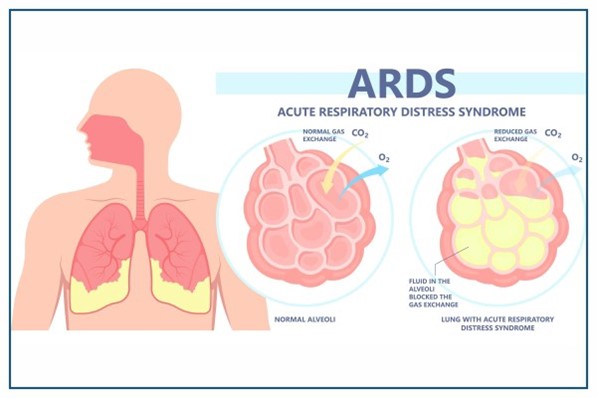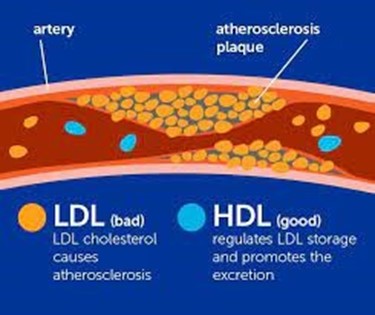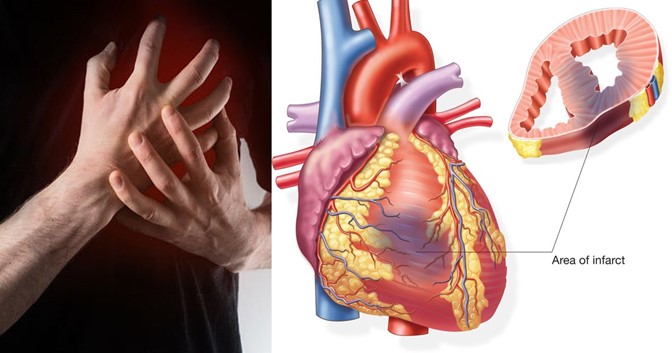Patient presents with dyspnea rapid, shallow breathing, inspiratory crackles, decreased lung compliance and hypoxemia. Tests reveal a fulminant form of respiratory failure characterized by acute lung inflammation and diffuse alveolocapillary injury. Which of the following is the most likely diagnosis the nurse will observe on the chart?
Acute respiratory distress syndrome ARDS
Sarcoidosis
Post operative respiratory failure
Malignant respiratory failure
The Correct Answer is A

Acute respiratory distress syndrome (ARDS) is the most likely diagnosis based on the patient's symptoms and test results. ARDS is a serious condition that can develop in response to a variety of lung injuries, including pneumonia, sepsis, and trauma. The hallmark of ARDS is diffuse alveolocapillary injury, which leads to decreased lung compliance, hypoxemia, and respiratory distress. The symptoms of ARDS typically develop rapidly and include dyspnea, rapid, shallow breathing, inspiratory crackles, and hypoxemia. Treatment for ARDS typically involves supportive care, including oxygen therapy, mechanical ventilation, and treatment of the underlying cause of the lung injury.
Nursing Test Bank
Naxlex Comprehensive Predictor Exams
Related Questions
Correct Answer is C
Explanation
Atherosclerosis is a disease in which fatty deposits (plaques) build up in the walls of arteries, leading to narrowing and reduced blood flow. Elevated levels of certain lipids, including low density lipoprotein (LDL) cholesterol and triglycerides, are well-established risk factors for the development of atherosclerosis.
In contrast, high density lipoprotein (HDL) cholesterol has been shown to have a protective effect against atherosclerosis. HDL is often referred to as "good cholesterol" because it helps to transport excess cholesterol from peripheral tissues (including the walls of arteries) back to the liver for processing and excretion. HDL also has anti-inflammatory and antioxidant properties that may help to reduce the risk of atherosclerosis.
In general, higher levels of HDL cholesterol are associated with a lower risk of cardiovascular disease and atherosclerosis. However, the protective effect of HDL may vary depending on other factors such as smoking, obesity, and diabetes. It is important to maintain a healthy balance of lipids in the bloodstream, including a high level of HDL and low levels of LDL and triglycerides, in order to reduce the risk of atherosclerosis and other cardiovascular diseases.
Correct Answer is B
Explanation

Whether you are a student looking to ace your exams or a practicing nurse seeking to enhance your expertise , our nursing education contents will empower you with the confidence and competence to make a difference in the lives of patients and become a respected leader in the healthcare field.
Visit Naxlex, invest in your future and unlock endless possibilities with our unparalleled nursing education contents today
Report Wrong Answer on the Current Question
Do you disagree with the answer? If yes, what is your expected answer? Explain.
Kindly be descriptive with the issue you are facing.
